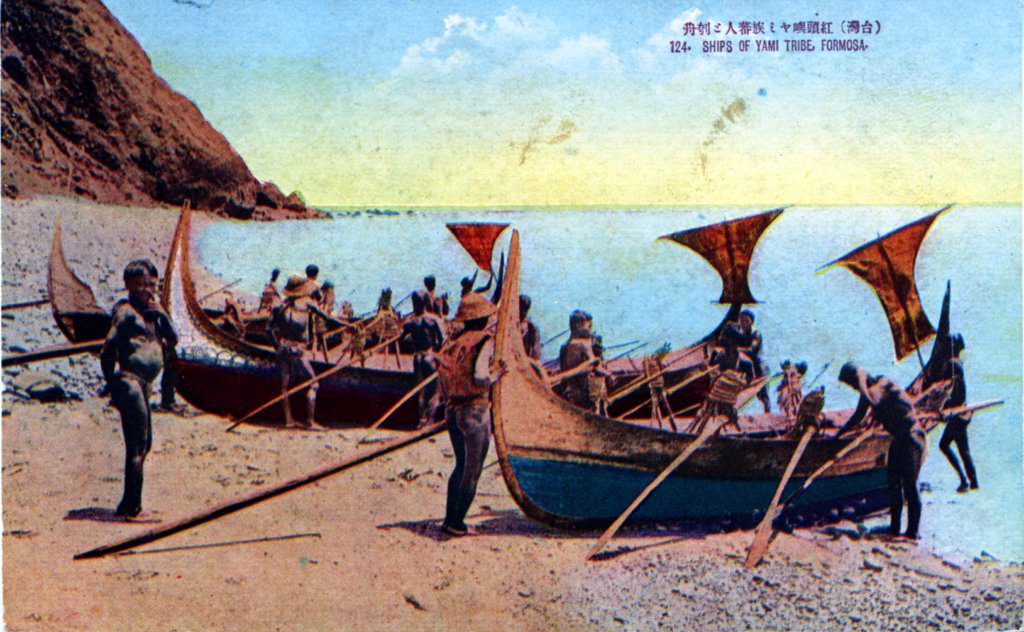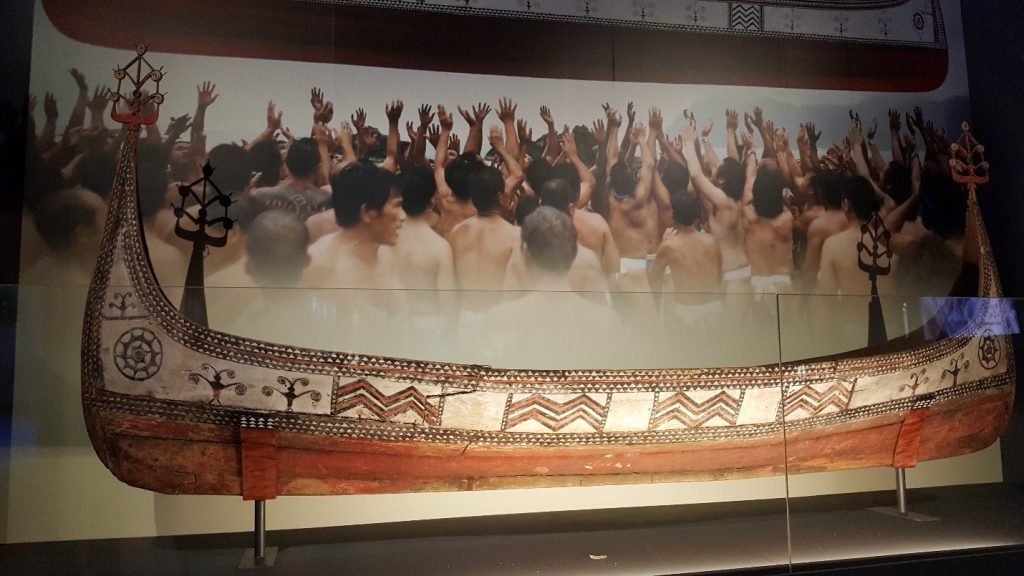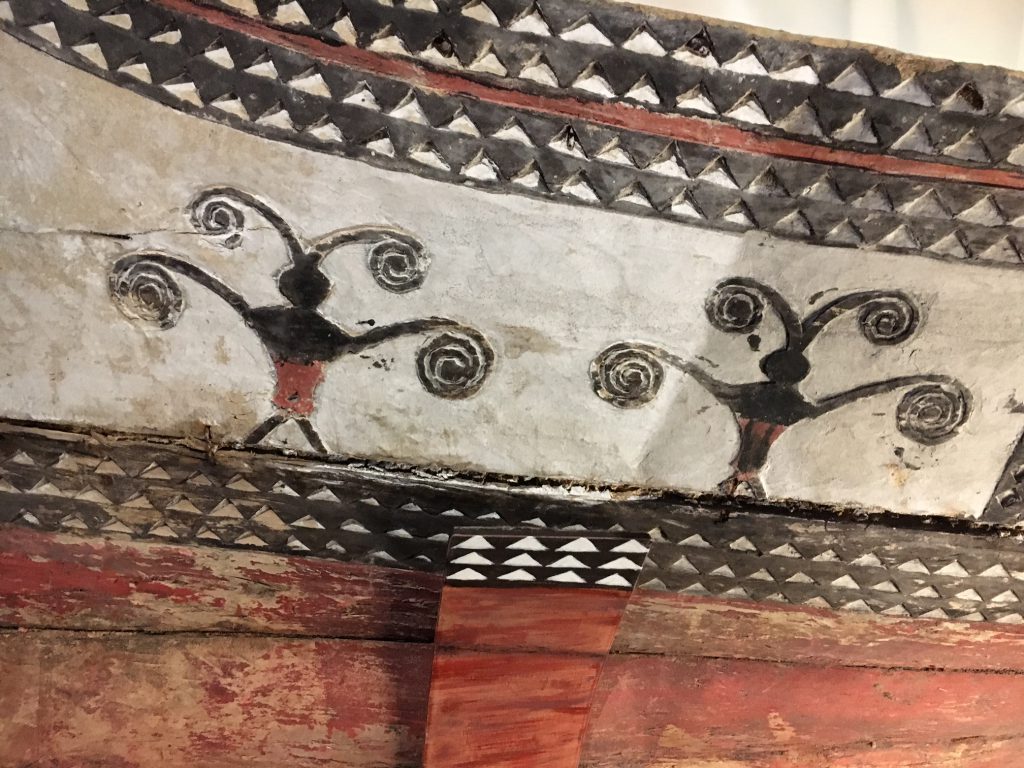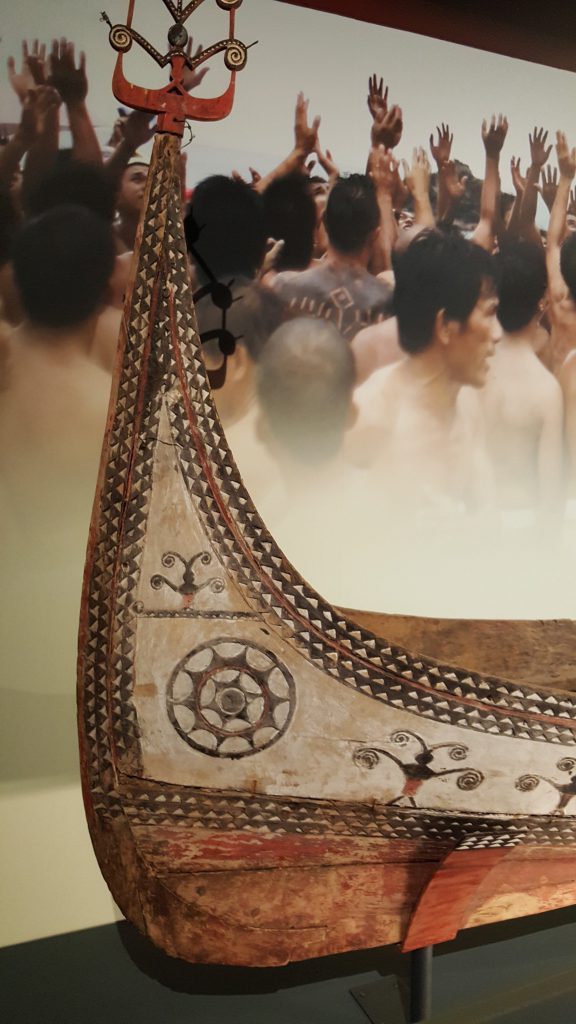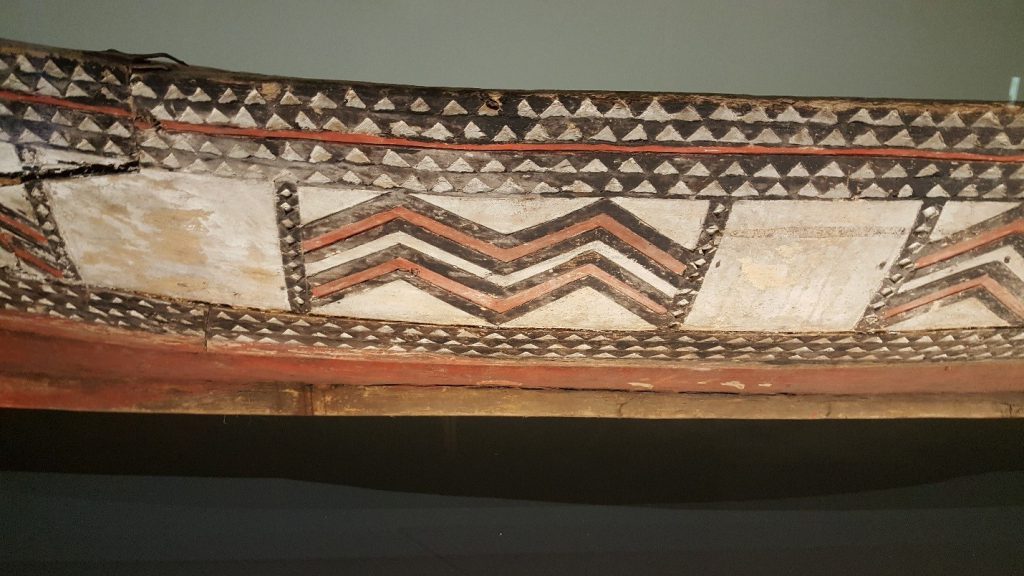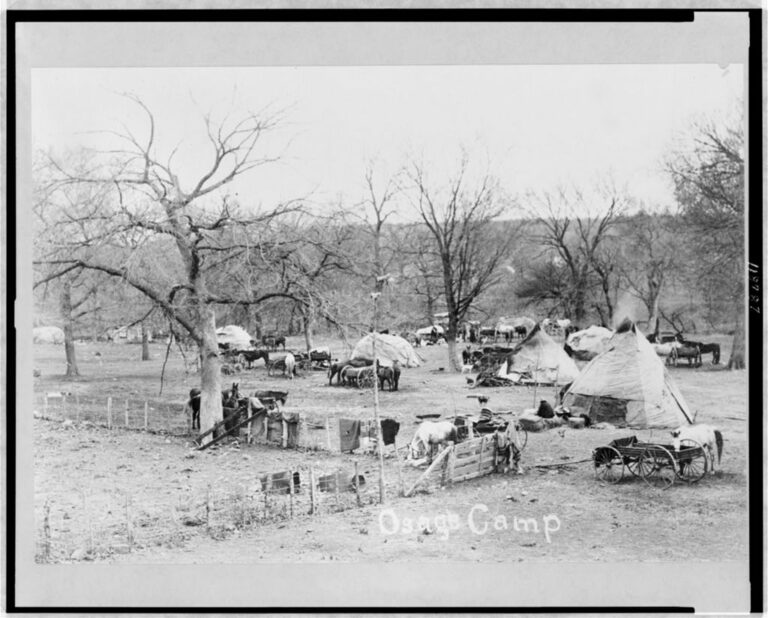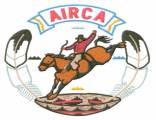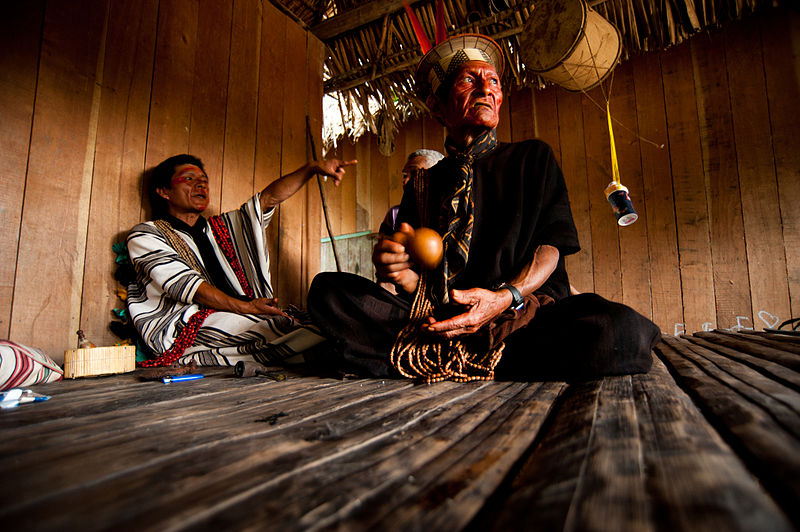If I were to ask you to pick an object or image that represents your culture, what would you pick? Despite the way it sounds, this is not an internet quiz, but an anthropological question: how do you describe a culture in an image?
(from www.iemoji.com)
Many cultures across time and geographic borders have something that they would consider the iconic symbol of their cultural heritage. For some, it might be something functional that they use. For others, perhaps it is of a religious nature.
For the Yami (or Tao, pronounced Ta-wo) people of Orchid Island, that symbol of their culture is their iconic boat.
Traditionally, a family might live or die throughout the year on how well that boat was built and used by the men who made it. However, launching it is a community affair. It signified one’s place in the community to launch a boat. Understandably, it is an important rite of passage for a man to build and successfully launch his first boat. There are many religious rites and prayers tied up with the launching ceremony, as well as rituals to imbue it with good luck and success.
It may take a man upwards of three years to make a single boat. It takes between 21 and 27 planks of wood, carved to fit together with wooden dowels instead of nails to make up the body of the boat. The launching ceremony includes all the men of the village to carry the boat, and meat and root vegetables to feed them all afterward. During the ceremony, the boat is tossed into the air multiple times by the crowd of men. The tossing of the boat is done in order to intimidate evil spirits.
Nothing is arbitrary. The physical design with steep sides to bow and stern, while beautiful, is to help prevent capsizing while in use. The colorful paintings are not considered decorations. They are considered protection.
This figure:
This represents the human. He is both the owner of the boat, the fisherman, and the tribe itself living in harmony with the ocean.
The round, concentric circles on the bow and stern:
This is simultaneously the “eye” of the boat, and the sun. They believe that the sun drives off all the bad spirits and ensures a good catch. The eyes are how a person sees and interprets the world around them, again ensuring a good catch if the boat also “sees” the potential fish.
The alternating chevrons:
These are the waves of the ocean themselves.
Even the colors represent the fish they intend to catch. They divide the fish they eat into categories of black, white, and red. Additionally, the pigments were taken from elements that make up their island: white from the shells on the beach, red from the clay of the ground, and black from the ash of burned plant matter.
As a young man, learning how to make his boat included learning about the history of his culture.
The Tao people on Orchid Island no longer rely solely on fly fishing for their livelihood. Most go continue on to Taiwan for educational and occupational opportunities. Therefore, most people do not make the traditional boats in the same fashion. However, that is the nature of a living culture. Some things are forgotten, yet some are remembered and carried on.
Perhaps, the same could be said for all of us.


